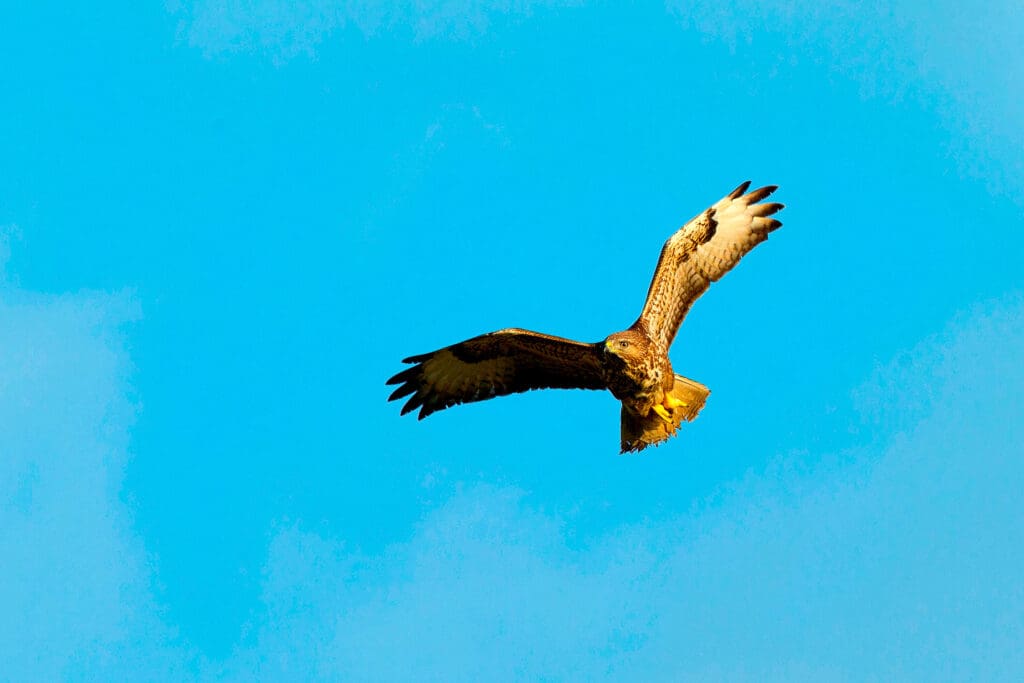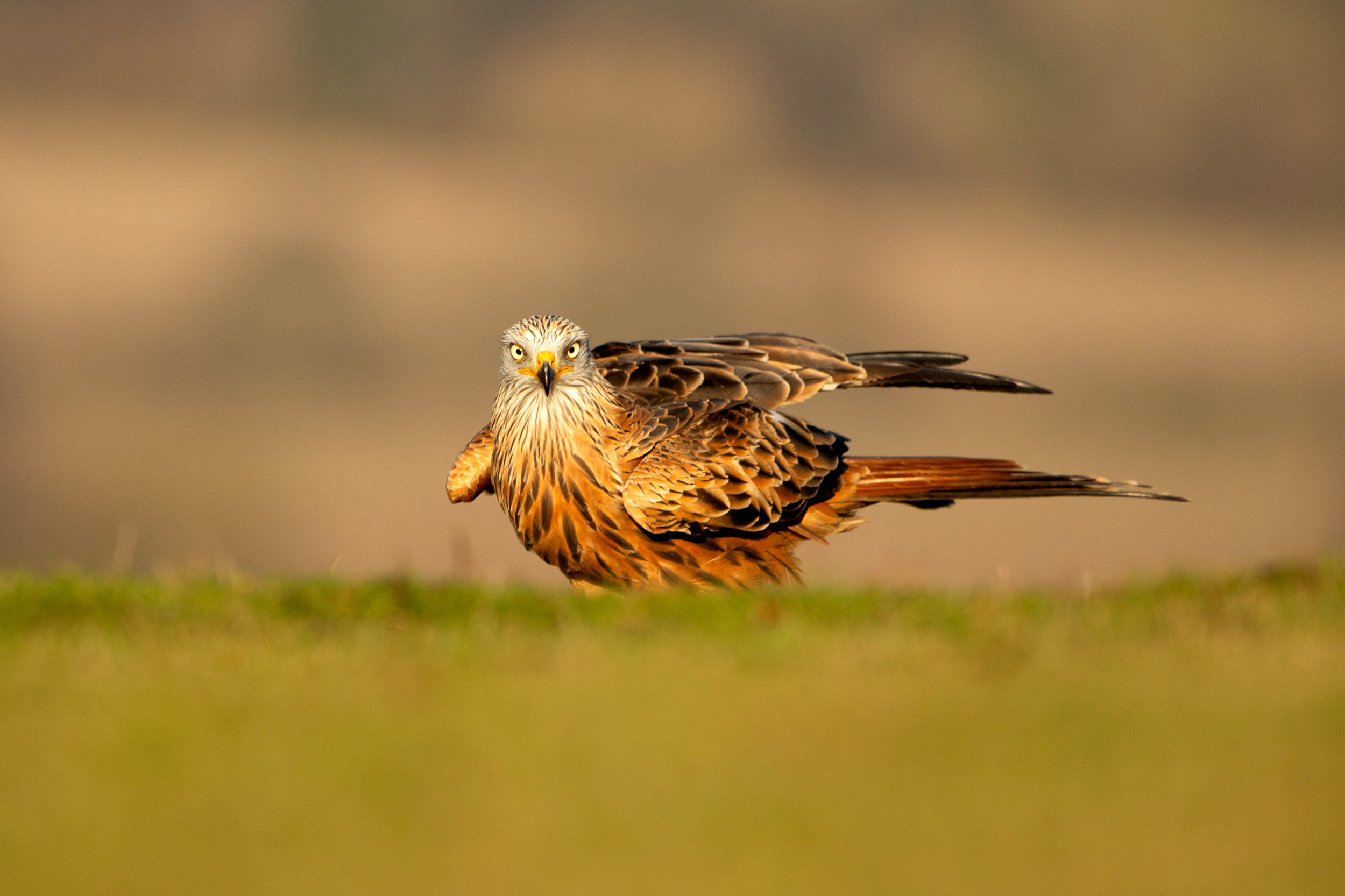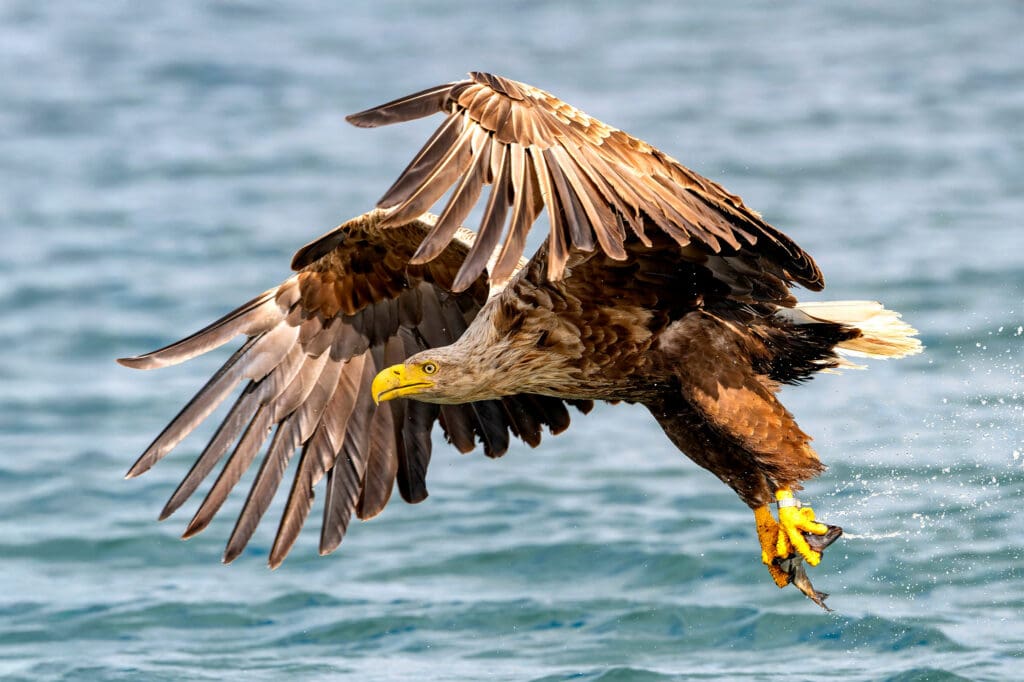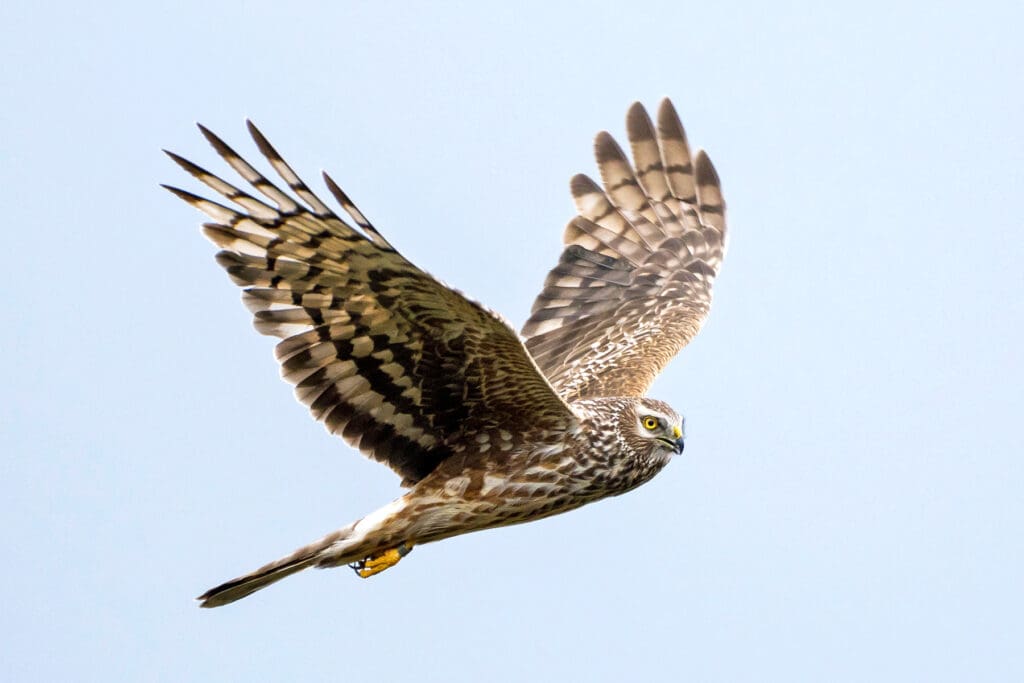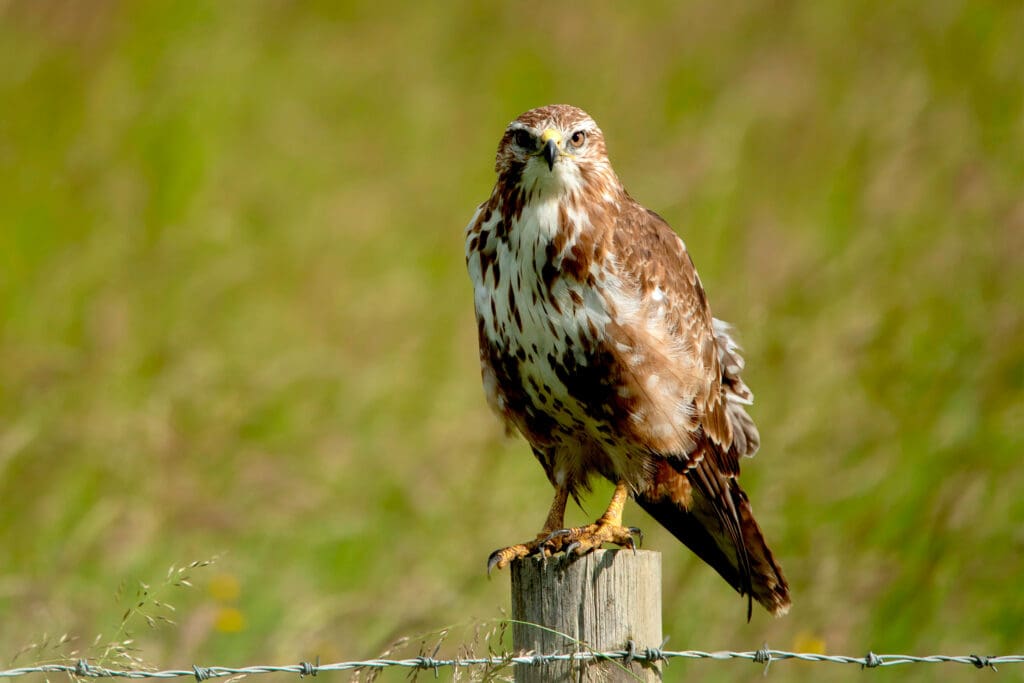Several years ago, I visited a Neolithic tomb on South Ronaldsay in Orkney. The remains of more than 300 prehistoric islanders were interred there, marking this as an important place for the former residents. Placed alongside the human remains were the bones of several White-tailed Eagles. We can only guess the reason, but I think it is safe to assume that these magnificent birds were culturally significant to these ancient people.
Birds of prey feature throughout human history, in our art, literature and even the names of our sports teams. But they have fared less well in modern times. In the UK, they were at their lowest ebb during the last century, but through legal protection and targeted conservation work many species have now returned to our skies. I still get a thrill seeing a Red Kite or Buzzard, recalling how rare these birds were in my childhood.
White-tailed Eagles perfectly encapsulate this change in fortune, from extinction as a breeding species to the start of the reintroduction programme half a century ago. And they have again become part of our culture, nowhere more so than on the Isle of Mull, where they have added significantly to the local economy. The tourist pound has been considerable, and my own visit last year was topped by an eagle snatching a fish from the water next to our boat.
There are still some tensions to manage with sheep farmers as these apex predators return, but with recent introductions to the Isle of Wight and other areas now under consideration, this species is being restored to its rightful place in our skies and is here to stay.
Birds of prey have been at the heart of the RSPB’s work for as long as it has existed and we remain committed to those species still in need of our help. Illegal persecution remains an issue and, for species such as the Hen Harrier and Golden Eagle, is why populations are yet to recover to former levels.
Despite legal protection, birds of prey are still being routinely shot, trapped and poisoned. Our Investigations team are at the heart of this work, and in this issue you can read about the most recent Birdcrime report. It shows that between 2009 and 2023, the team recorded more than 1,500 incidents involving the illegal persecution of at least 1,344 birds of prey.
‘Birds of prey have been at the heart of the RSPB’s work for as long as it has existed, and we remain committed to those species still in need of our help’
The majority of these are associated with land managed for gamebird shooting where some individuals are targeting birds of prey to try to maximise the number of gamebirds available to shoot for sport and profit. We know that these numbers are just the tip of the iceberg but change is coming, albeit slowly, and we continue to fight for the necessary laws that will accelerate the changes needed.
Stricter and better-enforced legislation can and will be the catalyst for struggling species, but it is only through protecting and restoring our land and seas at scale that our wildlife can have a long-term future. We are leading by example at Geltsdale in Cumbria, where our recent land purchase makes this our largest reserve in England.
But, across the UK, we need to integrate nature and climate action from the start of all our decisions – economic and societal. This will not only save money and time, it will also ensure that our growth and development as a country is achieved without destroying the natural systems we all depend on and the nature we all love.
You might also like
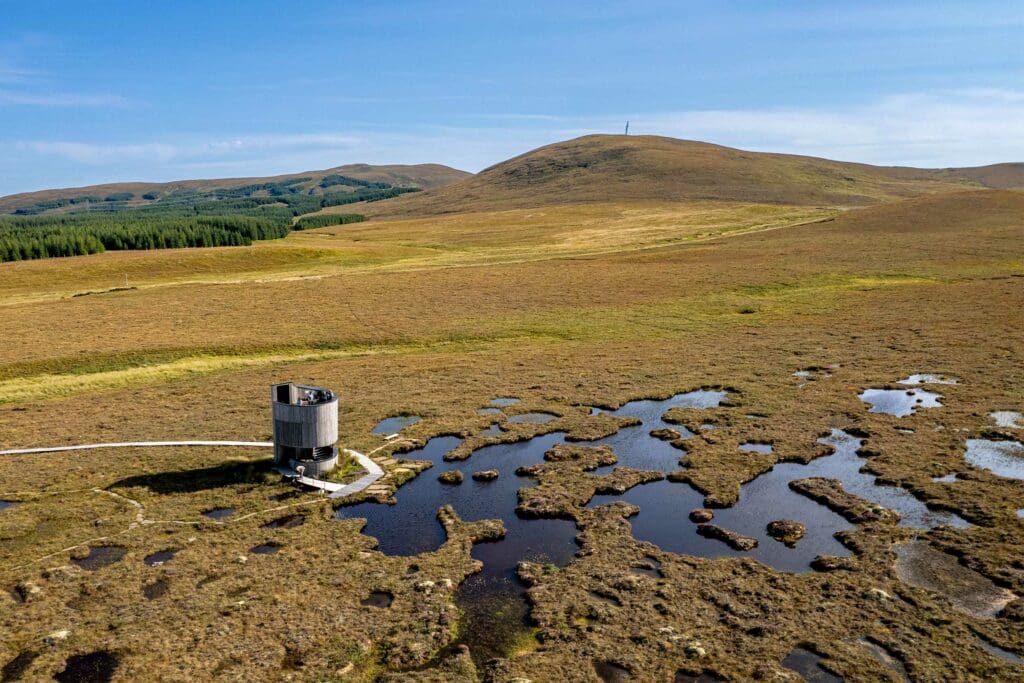
The balancing act of protecting nature
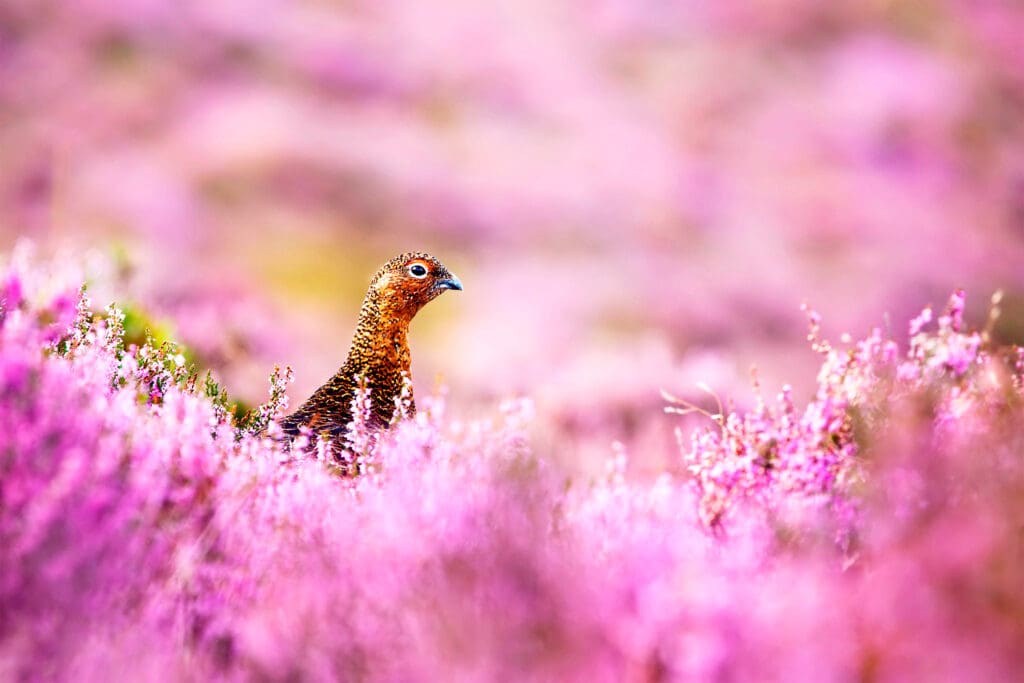
The collateral damage of Red Grouse shooting
